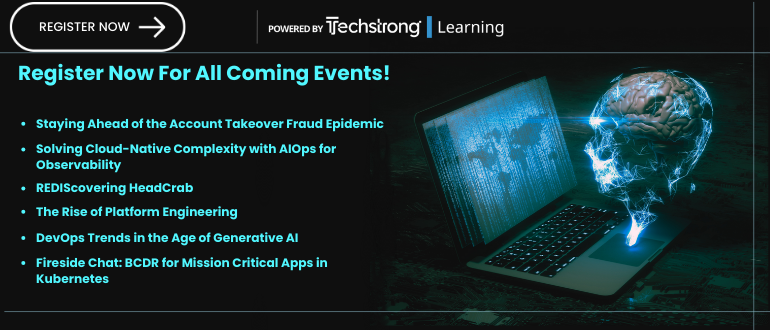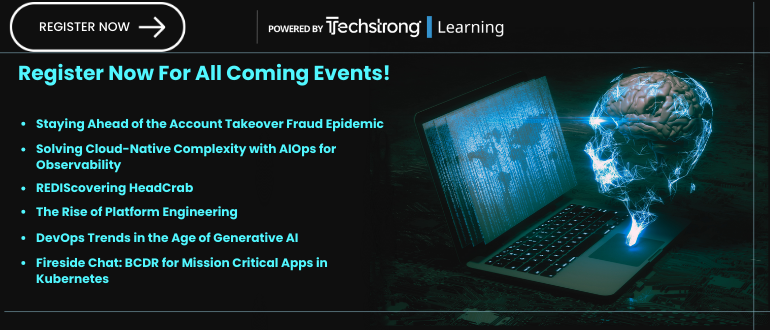
2024-2-7 22:0:24 Author: securityboulevard.com(查看原文) 阅读量:4 收藏
Security information and event management (SIEM) tools have evolved significantly in the 18 years since the first basic log aggregation and monitoring systems were introduced. As the regulatory and threat landscape has changed, SIEM systems have incorporated more advanced alerting, correlation engines, user and entity behavioral analysis, advanced analytics and artificial intelligence, among other features.
These advances have made SIEM tools sophisticated, proactive and integral to many organizations’ cybersecurity strategies. However, legacy systems can struggle to keep up with data volumes that are growing 23% annually and may not be easy to extend with the capabilities needed to keep up with new threats.
To ensure comprehensive cybersecurity in today’s interconnected cloud IT environment, SecOps teams need modern SIEMs that can ingest nearly limitless amounts of data, perform fast and sophisticated queries in parallel and generate alerts in near real-time. A SIEM should also connect seamlessly with other tools in the organization’s security portfolio to avoid creating data silos that frustrate security professionals. “Tool sprawl” is a growing problem, with the average IT and security team now using between 10 and 30 monitoring tools for applications, network infrastructures and cloud environments, according to 451 Research.
Organizations considering investing in a modern SIEM need to understand the speed of today’s threats. According to the CrowdStrike 2023 Threat Hunting Report, the average breakout time – the time it takes for an adversary to move from initial compromise to the target’s network – is now 79 minutes, with the fastest time being just seven minutes. Organizations need to move fast to detect, investigate and remediate potential threats. However many older systems perform so slowly on search queries that an adversary could have completed an attack by the time the SIEM detection query is done.
When evaluating a SIEM, consider future needs as data volumes grow and look for solutions that offer the greatest flexibility, scalability and customization.
Eight Critical Features a Next-Generation SIEM Should Include
1. Accelerated Incident Response Through Fast Search Capabilities
A SIEM should be able to perform rapid searches across vast volumes of log data and deliver precise results efficiently. This speed is crucial for minimizing the duration and impact of security investigations. Teams should conduct extensive testing using multiple parallel queries to evaluate the performance of different SIEMs under heavy query loads. Side-by-side testing is useful when assessing candidates on your SIEM shortlist.
2. Advanced Query Functionality
An effective SIEM should enable threat hunters to navigate through large and complete data sets effortlessly. This requires a sophisticated query language capable of complex operations like data aggregation, statistical analysis, and pattern matching. The system should adapt to various expertise levels, providing tools for simple and complex searches. A SIEM should not only process data at scale but also offer a variety of pre-set queries and the flexibility to create custom searches to ensure comprehensive threat analysis across diverse data types.
3. Real-Time Threat Detection and Alerting
Many older SIEM systems fail due to delays caused by the need to index data, a time-consuming step that requires extra processing before data is made available for alerting and search. Modern SIEMs overcome these limitations by offering real-time alerting capabilities, enabling security teams to identify and respond to threats quickly. High-performance SIEMs, especially those not requiring data indexing, can provide immediate access to streaming data, allowing live monitoring and rapid threat detection.
4. Scalability for High-Volume Data Collection
As data volumes grow, the scalability of a SIEM becomes a crucial consideration. Some systems struggle with high data ingestion rates, leading to performance issues or data loss when volumes exceed established thresholds. A SIEM should be capable of handling large data volumes efficiently to facilitate collaboration among security, development, and IT operations teams. The ideal platform should manage security logs and integrate high-volume telemetry data, providing a holistic view of the security landscape and reduced operational complexity.
5. Integration With Advanced Security Ecosystems
Modern SIEMs have evolved beyond their monitoring roots to offer extensive threat detection and response features. These systems can be integrated with analytics solutions for user behavior analytics and threat intelligence. It’s essential for organizations to individually evaluate these additional services for their quality and effectiveness, ensuring that they align with specific security needs. For example, threat intelligence services should be able to analyze vast quantities of data, while user behavior analytics must identify potential security threats based on anomalous or unusual activities. These capabilities should be native to a candidate platform or provided by a robust third-party marketplace.
6. Accuracy
Because of their complexity SIEMs are prone to issuing false alerts and missing actual threats. These errors are caused by overly aggressive rules, lack of proper contextual information, integration challenges and other factors. Modern SIEM solutions use artificial intelligence-driven automation and machine learning to minimize errors, ease the workload on security operators and enable more reliable and powerful reporting for IT auditing and compliance purposes.
7. Cost-Effective Logging
High costs can limit the scope of data logging, leading to potential security blind spots. It’s essential to compare both subscription costs and the total cost of ownership, including infrastructure, deployment, and operating expenses. This more comprehensive evaluation helps organizations choose a SIEM that aligns with budgetary constraints and data retention needs, ensuring that organizations can log necessary data without financial strain.
8. Transparent and Predictable Licensing
The cost of maintaining and extending an SIEM can be substantial over time. Your assessment should include licensing costs plus potential additional service fees and the costs associated with increased data volumes, especially for self-hosted systems. Organizations should seek vendors that offer transparent, predictable licensing models and unlimited data ingestion plans. This approach helps avoid unexpected expenses and ensures the SIEM can scale with growing data needs.
Selecting a SIEM requires a comprehensive evaluation considering integration with advanced security technologies, flexible deployment options, cost-effectiveness and transparent licensing. Organizations should look beyond their immediate needs to choose a SIEM that can adapt to future challenges to provide a robust defense against evolving cyberthreats.
Recent Articles By Author
如有侵权请联系:admin#unsafe.sh
